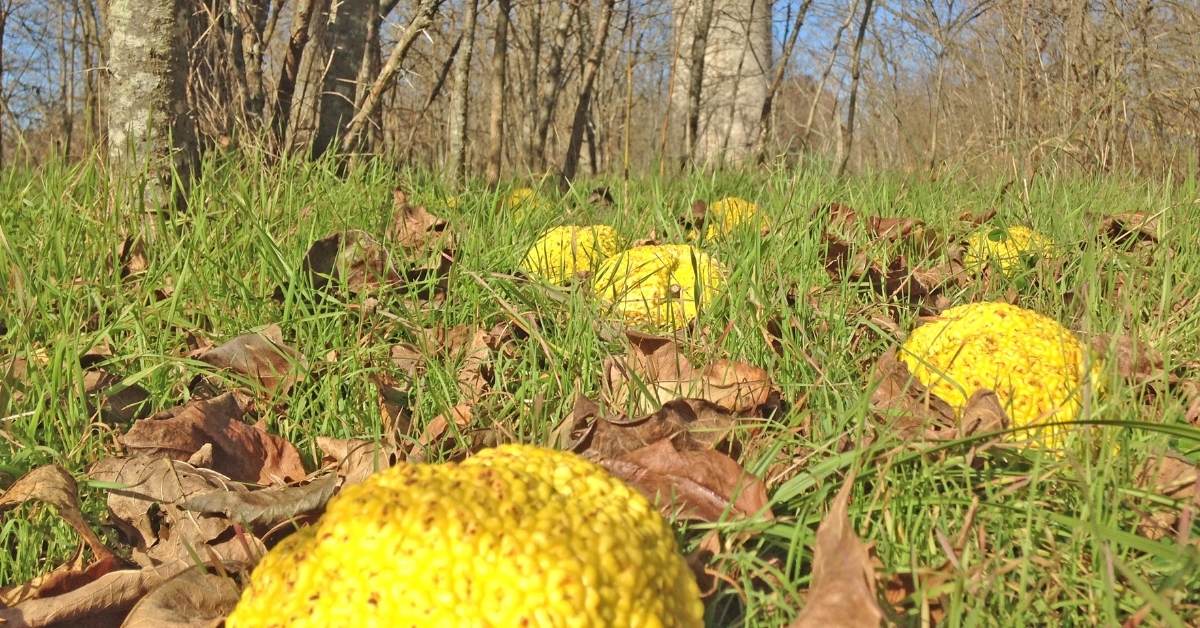Perhaps you’ve seen the long-stemmed plants with giant leaves resembling elephant ears. These exotic beauties, called elephant ear plants, or, Alocasia, Xanthosoma and Colocasia in Latin, are native to warm climates, but they can be grown just about anywhere in your garden or backyard.
Keep reading for the top 10 tips on how to grow elephant ears in your garden. Learn when to grow Elephant ear plants, how to care for them and how to cultivate them even if you live in a colder area.
Colocasia esculenta, the most common variety, has hundreds of cultivars in many different colors and patterns, and they lend any landscape that fun, tropical look.
Colocasia esculenta isn’t just an ornamental plant either. This species is produced as a food source in many parts of the world. The plant’s roots, or tubers, have a potato-like consistency and may be cooked in the same way. Taro root, poi, potato of the tropics, eddo, djamandarrand, and papachina are just a few of the nicknames for Colocasia esculenta.

Where to Plant Elephant Ear Plants
Growing elephant ear plants successfully depends largely on planting them in the proper location. Elephant plants may be cultivated as perennials in climatic zones 7 and above, with the Pink China variety being suitable for Zone 6. Elephant ears must be grown as annuals in zones 1 through 6.
Because these are tropical plants by nature, elephant ears love moist locations. They do best around the edges of ponds or in boggy areas of the yard that might be too wet for other plants. The soil must be kept continually moist and not allowed to dry out.
Elephant ears do best in filtered or indirect sunlight. You can grow elephant ears in full sun, but the edges may brown until they become acclimated to more light. They will also need more water when grown in full sunlight.
When to Grow Elephant Ear Plants?
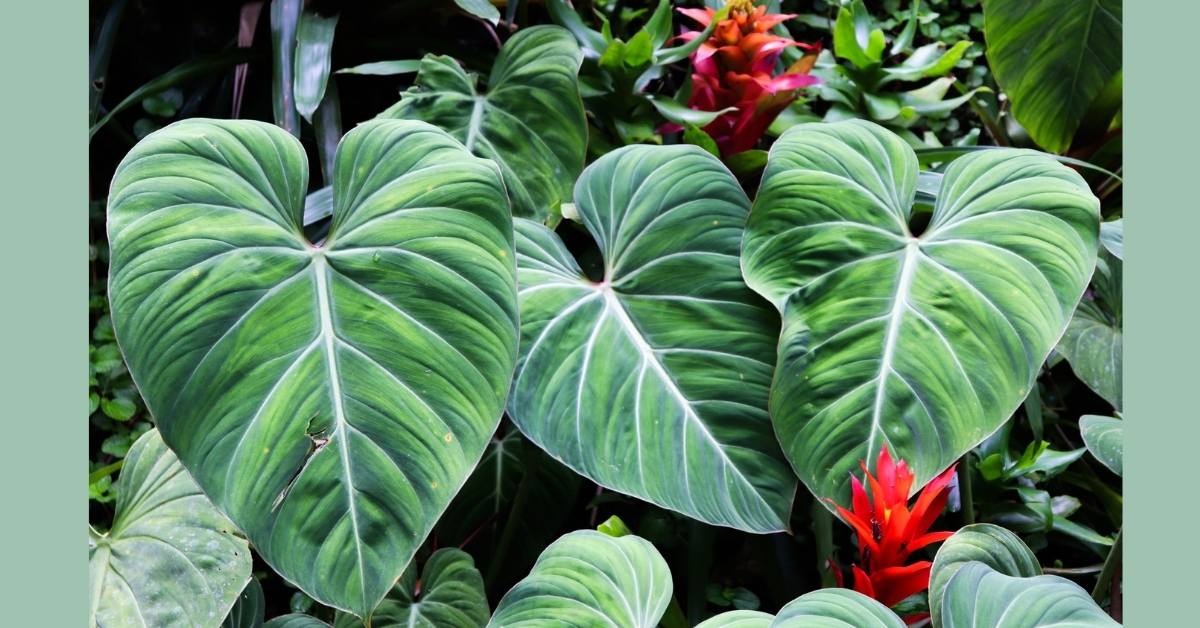
If you live in a tropical climate or in US Zones 7-9, you can plant elephant ears just about any time, although they may do best if you start them in the spring. If you live in a colder climate, spring is the time to plant them. Wait until all danger of frost has passed before setting them in the ground.
How to Plant Elephant Ears
Depending on how you buy them, you can plant elephant ear bulbs or whole plants with the tubers attached or planting divided tubers saved from the previous year (see below). Plant your elephant ears deeper than you might other plants, about two to three inches below the surface of the soil, with the blunt ends facing downward.
The plants will push up slightly as they grow, so you need to accommodate this when you first set them out.
Leave approximately three to six feet between each plant to allow for mature growth, depending on how big your cultivars will be. Most elephant ear plants wind up at about six to eight feet tall, with leaves that span anywhere from two to four feet.
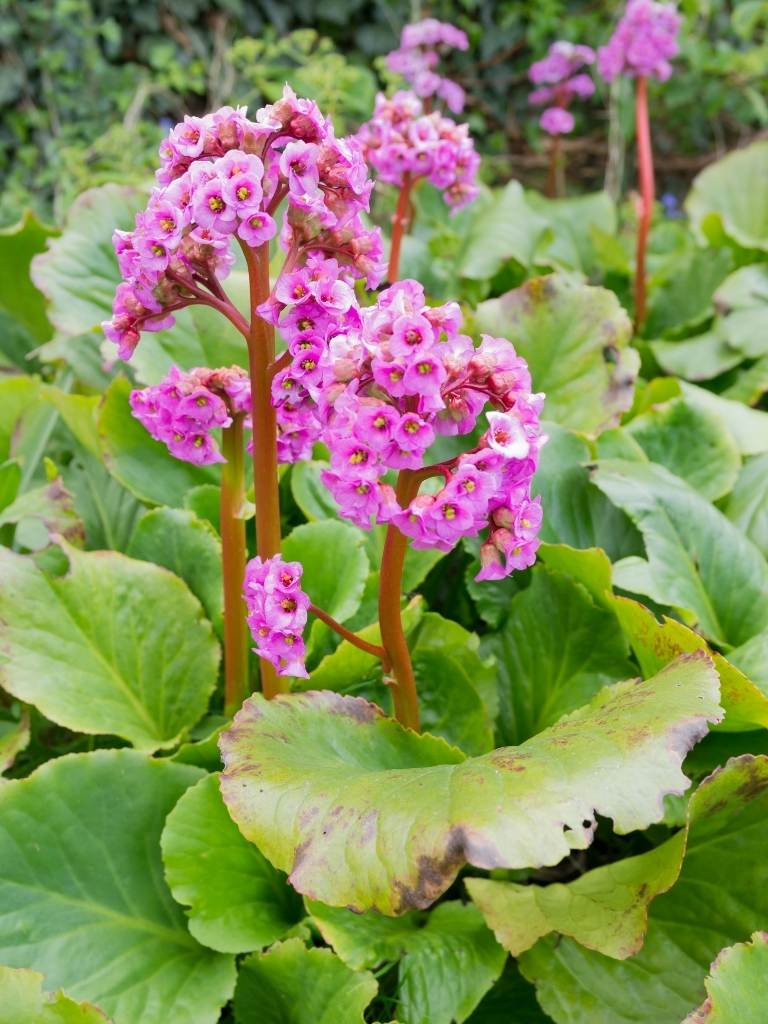
For example, Jack’s Giant elephant ear needs the maximum spacing between plants due to its enormous and very striking leaves.
Is elephant ear a perennial, and how do I care for this plant?
The elephant ear is a nonhardy plant in cold winter areas, so it needs to be dug out and stored each winter. It does well in sun or partial shade and requires rich, evenly moist soil. It grows each summer quickly and provides a great tropical look to the garden.
Don’t miss this video to see the process of planting itself:
Elephant Ear Plant Care
Elephant ears flourish in nutrient-rich, organic-rich soil. It is ideal to use nitrogen-rich compost. Before planting, try to prepare the soil and provide fertilizers as needed during the growing season.
Elephant ears are low-maintenance plants that only need to be watered regularly to avoid drying out. The older leaves will die off as fresh leaves develop. Simply clip off the dead leaves to maintain the plant’s beauty and prevent the old leaves from falling on the new leaves when they develop.
The elephant ear plant is in its regular annual cycle if yellow blooms appear. It goes into a state of hibernation throughout the winter to not need as much water.
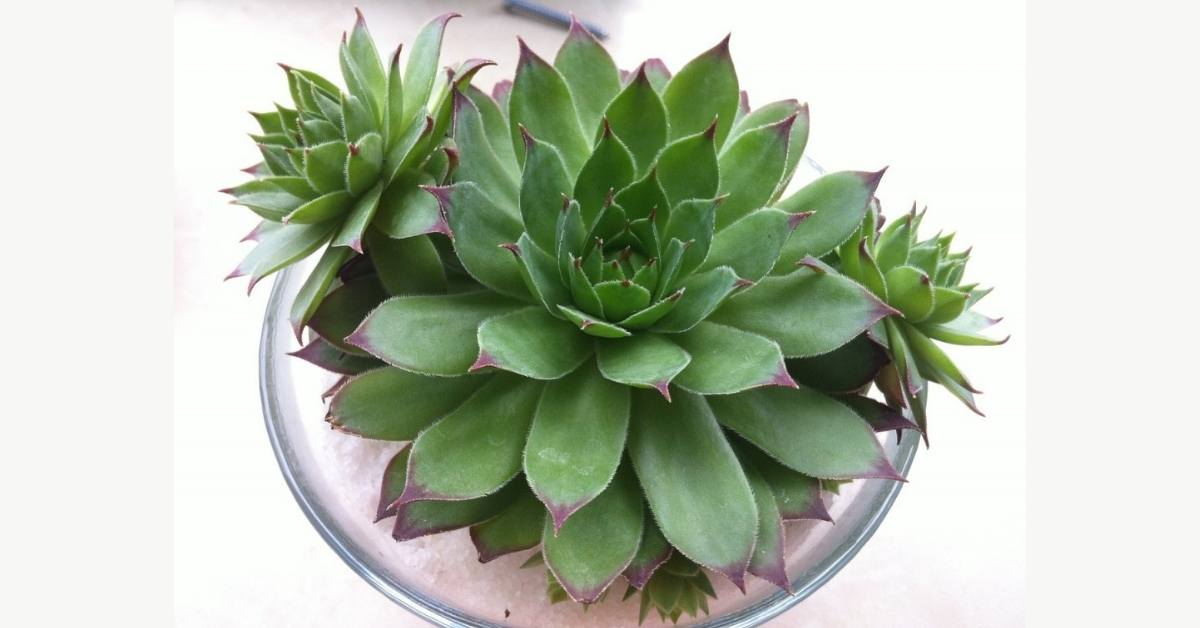
Dealing with Pests
While the elephant ear plant is very hardy, it is susceptible to a few pests. Spider mites appear to be drawn to them, but a good hose-down should get rid of them. If they continue, talk to the local garden center about the best treatment for you and the environment with the least amount of toxicity.
If you notice thrips on your elephant plants, it’s likely because you’re not giving them enough water. The trick to avoiding these bugs is to keep your elephant ears moist.
Propagating Elephant Ears
Elephant ears are popular among gardeners because they may be used to propagate several plants from a single plant. While they may be produced from seed, dividing the tubers or bulbs towards the end of the growing season is considerably more effective. If you live in a cold climate, you will need to do this anyhow.
If you reside in a warm area where elephant ears grow all year, just dig them up and divide them at the base, just like many other perennials with rhizomes. Then, to generate new plants, transplant the split tubers with the right spacing.
You can dig up your elephant ear tubers and store them for replanting the following spring if you’re growing elephant ears north of Zone 7 (or Zone 6 with Pink China elephant ear).
This should be done after the first frost in the autumn. As it prepares for its natural dormancy season, the plant should have begun to produce yellow blooms.
Cut off any leaves and divide the tubers with a spade or garden fork. Store the tubers in peat moss or with the soil still attached till spring. A cool storage place, such as an attached garage or a sheltered garden shed, is ideal, with temperatures between 45 and 55 degrees Fahrenheit.
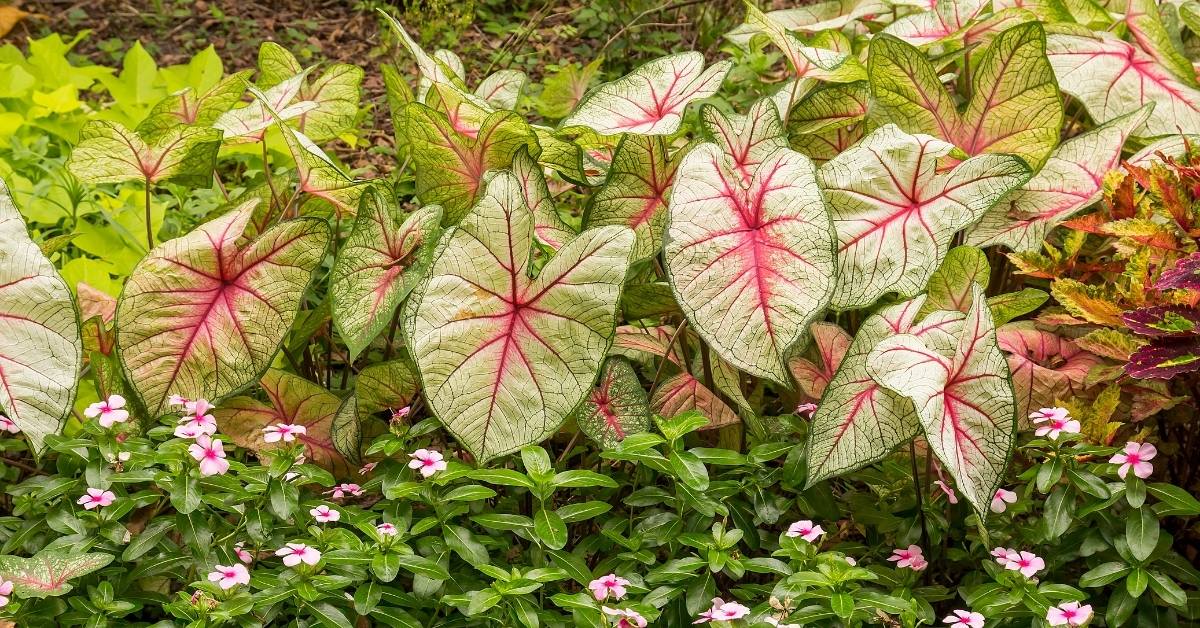
Overwintering Elephant Plant
Elephant ear plants can also be overwintered in pots. Dig up your elephant ears before the first frost and transplant them in big pots if you aren’t already cultivating them in containers (see below).
Because the soil and size of the pot required may be heavy, try placing the container on a plant dolly first.
Indoors, give your elephant plant the same kind of light it gets outside. Withhold water from the plant gradually, as this is its dormancy season and it requires less moisture.
During the winter, be careful not to overwater your elephant ears since this can cause the roots to rot and the plant to perish. Elephant ears may provide a touch of greenery inside the house and make you feel as if summer hasn’t finished.
This useful resource has further information on how to care for elephant ears throughout the winter.
Growing Elephant Ear Plants in Containers
Elephant ear plants can be grown in pots if you don’t have enough yard space. Choose a deep enough pot for the roots while still being broad enough to give a solid base. Planting elephant ears in pots in colder areas makes it much easier to bring them inside when winter hits.
With its long stalks and large ears, elephant ears containers provide excellent privacy screening for decks and balconies. A plant-like asparagus fern, which has similar water requirements, can be used to fill in the container’s bottom.
Landscaping with Elephant Ears
Elephant ears can provide great variety for your outdoor landscaping. If you want to brighten up a gloomy part of the yard, opt for a cultivar with lighter foliage, such as Mojito, which has neon green leaves with black splotches.
For a striking contrast, choose a variety with black foliage to complement white blooms.
The elephant ear plant’s low-growing cousin, Caladium, is a perfect pairing on the ground below. Caladium also comes in many different colors and patterns, so you can mix and match to your heart’s content.
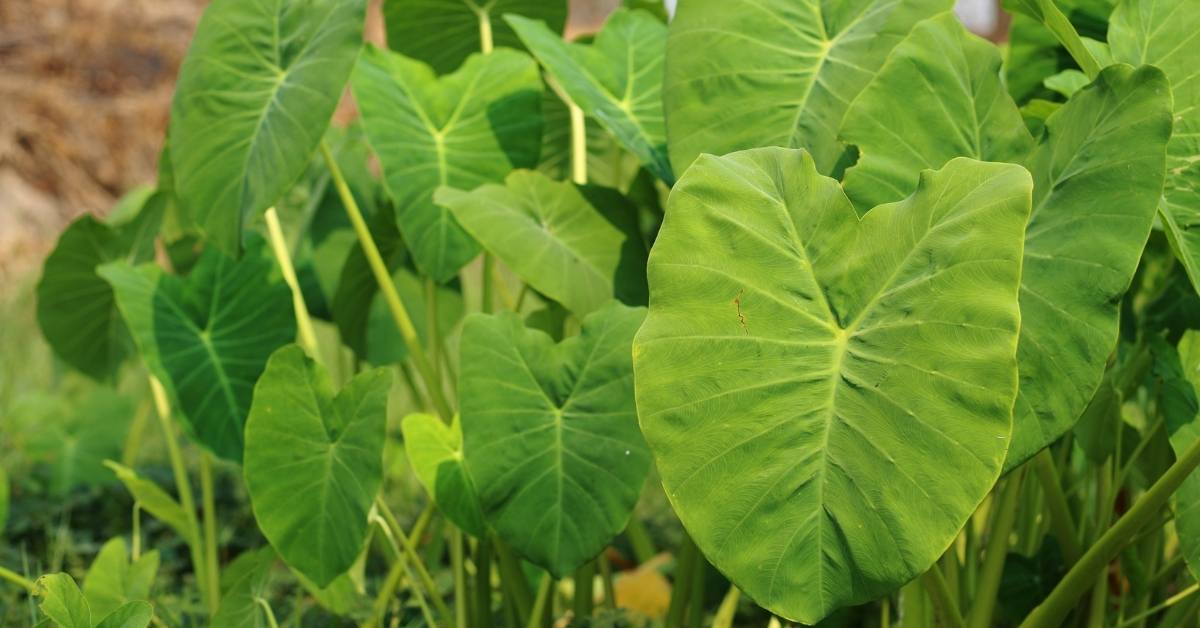
Where to Buy Elephant Ears
If you reside in a warm climate, many garden centers sell elephant ear tubers or entire plants. If you can’t locate a type you like in your area, you may order elephant ears online or through plant catalogs and have them sent to you in safe packaging.
Make sure you place your purchase after any threat of frost has gone, during the appropriate planting period for your zone.
Some individuals are so fond of elephant ears that they have entire gardens dedicated to them. If elephant ears are a newcomer in your neighborhood, you could discover that your neighbors are intrigued by them and want to try them as well.
After you have a few pals with them, you may divide and trade elephant ears for a more significant assortment of cultivars. There’s no limit to what you can do with these massive tropical showpieces!
